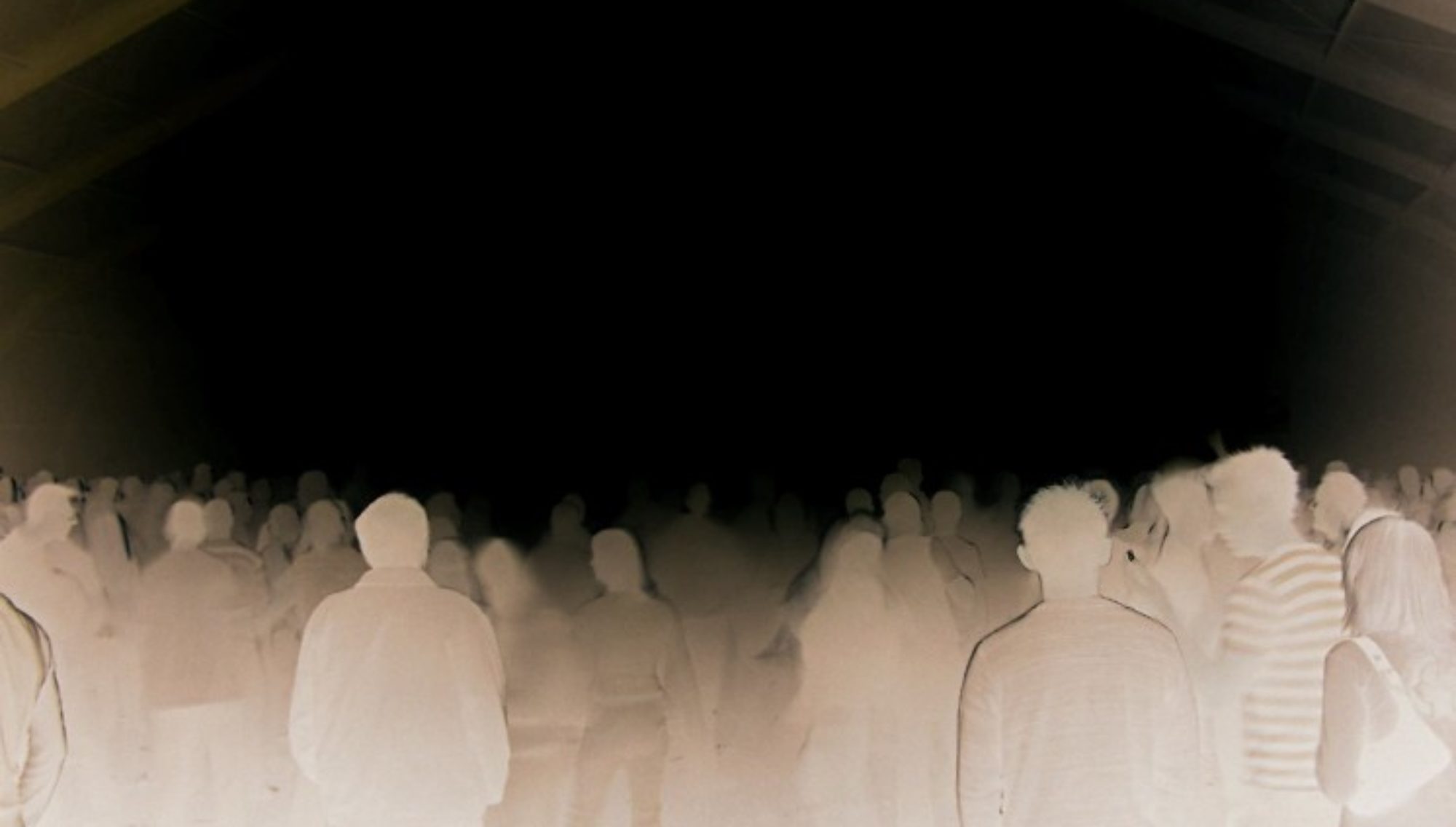
One of the most common questions people have after encountering SynchroMysticism is: What is all this?
There are really two approaches to drafting a sort of first-pass answer.
Number one, a person could try to get a grip on the notion from a conceptual or theoretical standpoint. This is certainly commendable and possibly fruitful. Many of the posts in this series will be attempts to do just this – to “come to terms” with SynchroMysticism (in the sense propounded Mortimer J. Adler and Charles Van Doren). However, for many people, there is a far more accessible, practical, and (frankly) engaging avenue.
To put it plainly, number two, a person could just interact with various “Synchs” (as the meaningful coincidences are called) and learn by doing, as it were. In this vein, we will shortly be looking at various examples of SynchroMysticism. Or, at least, I will direct interested readers toward places where such examples may be found, mined, and reflected upon.
One rich resource, in this regard, is the film industry. It is needful, though, to prime oneself, since what is envisioned is (emphatically) not merely grabbing a box of popcorn and “vegging out” in front of a television or theatre screen. Mindless pastimes have been starkly painted as soul-sucking activities that may literally lead us to amuse ourselves to death, to steal a phrase from the late, 20th-21st-century American author Neil Postman.
On the contrary, what is in view is a critical inspection of select Silver-Screen offerings. To obtain the requisite preparation for this interpretive task, it is highly recommended that neophytes look over the shoulders of those individuals who have as close to a proven track record as it is feasible to get in these matters.
There are several individuals who verge on expertise and whose output is worthy of careful study. (Again, we refer guests to Loren Coleman.) For the purposes of being introduced to the art and science of movie hermeneutics, Jay Dyer ranks surely high on the list of authorities who ought be consulted.
Dyer’s 2016 book, Esoteric Hollywood: Sex, Cults and Symbols in Film (Waterville, OR: Trine Day), is one of the staple texts for any SynchroMysticism 101 course.
Before proceeding, it is worth pondering the word “esoteric” for a moment.
“Esoteric” stands in contrast to “exoteric.” Both words derive from Greco-Roman vocabulary. Specifically, exōterikós marks out something that is “external” or directed “outwardly.” (The word “extrovert” uses the prefix “ex-” similarly.) The idea, here, is that an exoteric doctrine is one that is submitted for mass consumption; it’s promulgated to be believed (and perhaps understand) by the general public.
On the other hand, esōterikós had to do with something that is “internal” or “inwardly” oriented.* Hence, an esoteric principle or teaching is one that is reserved for a much smaller, and possibly private or restricted, group. The subgroup could be initiates into some mystery school or secret society, for instance. In any case, esotericism is the probing into such arcane and perhaps “classified” information.
Mr. Dyer acclimates readers to these matters in a way that is both captivating and enlightening.
In the course of his book, he exposes novices to a way of processing cinema on a deeper level than many will have taken notice of before. Veterans will have much with which to contend as well.
Dyer gives these motion pictures their own, dedicated chapters.
- 2001: A Space Odyssey
- A.I.: Artificial Intelligence
- Blade Runner
- Close Encounters of the Third Kind
- The Devil Rides Out
- Diamonds Are Forever
- E.T.: The Extra-Terrestrial
- Eyes Wide Shut
- Labyrinth
- Legend
- Logan’s Run
- Minority Report
- Moonraker
- Mulholland Drive
- The Neverending Story
- North by Northwest
- Prometheus
- The Shining
- Twin Peaks
- Vertigo
- Zardoz
Careful reading of Dyer’s evaluations, in conjunction with a person’s own viewing of the movies in question, constitutes good SynchroMystical training. And most of this is embedded within a very absorbing and lively presentation.
To be sure, Dyer also touches upon theory. For example, he writes:
Synchronicity is real, and the inner worlds are connected to the outer worlds, but in my estimation all this needs to be purged of the gnostic notions of external reality being an “illusion.”
We will delve more into the above notions in future posts. For now, happy watching.
* Commonly used words beginning with “eso-” are in somewhat short supply. Interestingly, the Greek phageîn meant “to eat.” Our anatomical word “esophagus” could be – obscurely – thought of as an “internal thing” associated with eating. For more etymological musings, see The Etymologicon.
As a postscript, it is worth noting that there are numerous other films that deserve careful viewing from the budding or practiced SynchroMystic. Some of them are linked to, below.


